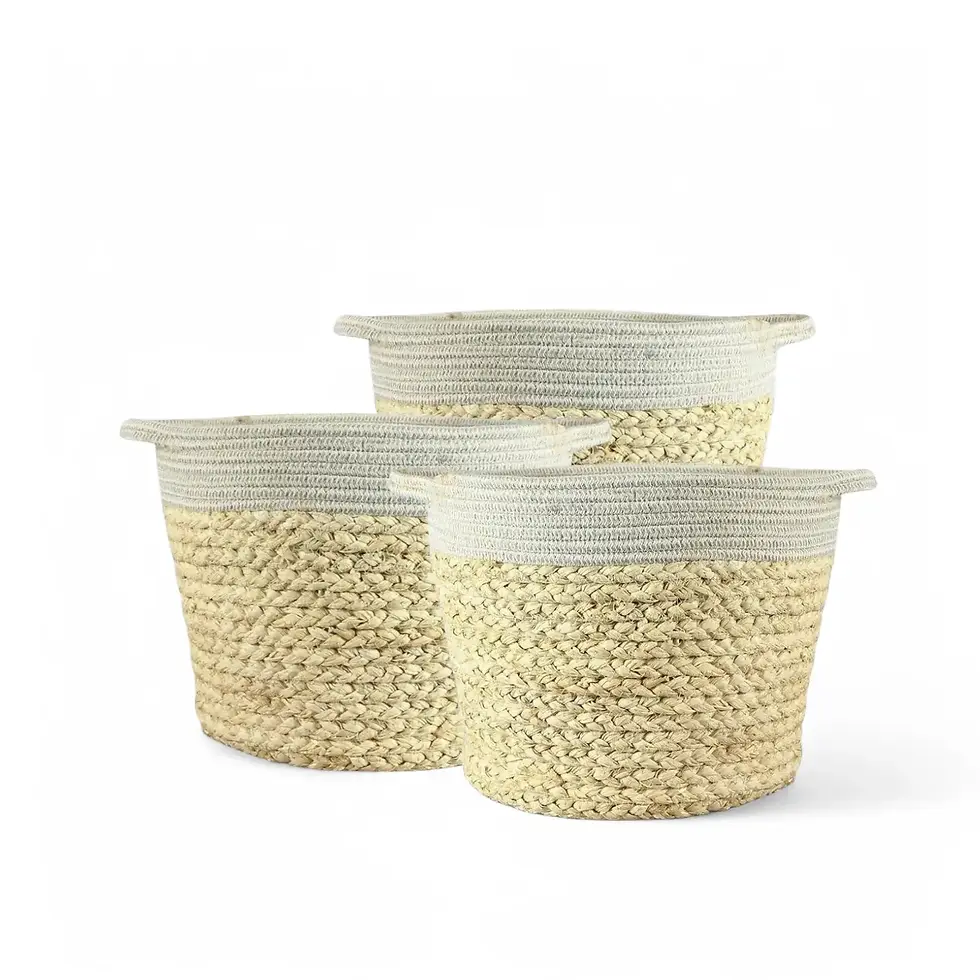Rhaphidophora megasperma – Information and Care:
Rhaphidophora megasperma is a rare and fascinating climber native to the tropical rainforests of Borneo and the Malay Peninsula. Known for its distinctive appearance, this semi–leptocaul liana can reach up to 5 meters in length. It thrives in humid, lowland forest environments, making it a captivating choice for collectors looking to bring a piece of the tropical biome into their homes. Its unique features, coupled with a relatively easy–care nature, make Rhaphidophora megasperma a standout plant for any indoor garden.
Key Features of Rhaphidophora megasperma:
- Distinctive Foliage: The leaves of Rhaphidophora megasperma are oblong–lanceolate to oblong–elliptic, measuring 12.5 to 42 cm in length and 3 to 10.5 cm in width. They are semi–glossy with a thinly coriaceous texture, featuring a unique pattern of round to rhombic perforations extending up to half the leaf width on either side of the midrib.
- Growth Habit: This climbing plant exhibits two types of growth: long, clinging stems that attach to supports and shorter, densely leafy stems that produce flowers. The clinging stems are smooth and terete, reaching up to 10 cm in length. Older stems become subwoody with sparse aerial roots.
- Inflorescence: Rhaphidophora megasperma produces clustered inflorescences, each subtended by prominent, papery cataphylls and prophylls. The spathe is broadly canoe–shaped and persistent into early fruiting, while the spadix is cylindrical and creamy–white, contributing to the plant’s unique botanical appeal.
Rhaphidophora megasperma Care Tips
Caring for Rhaphidophora megasperma is relatively straightforward, provided you replicate its native tropical conditions. Follow these simple guidelines to ensure your plant thrives:
- Light: Prefers bright, indirect light but can adapt to lower light conditions. Avoid direct sunlight, which can damage the leaves.
- Watering: Keep the soil consistently moist, but avoid waterlogging. Water when the top 2–3 cm of soil feels dry. Ensure good drainage to prevent root rot.
- Humidity: High humidity is essential for this tropical plant. Aim for 60% or higher, especially during dry periods. Using a humidifier or placing the plant in a humid area can help.
- Soil: Use a well–draining potting mix, such as a blend of peat, perlite, and orchid bark. Avoid compact soils that retain too much moisture.
- Temperature: Maintain temperatures between 18–26°C. Protect the plant from cold drafts and sudden temperature changes.
- Fertilizing: Feed with a balanced liquid fertilizer every 4–6 weeks during the growing season. Avoid over–fertilizing to prevent leaf burn.
Common Issues and Solutions
Rhaphidophora megasperma, though robust, may face a few common challenges. Here’s how to address them:
- Yellowing Leaves: Overwatering or poor drainage can cause leaf yellowing. Allow the soil to dry slightly between waterings and ensure the pot has proper drainage.
- Browning Leaf Tips: This could indicate low humidity or excess fertilizer. Increase humidity levels and reduce fertilization.
- Root Rot: Usually a result of overwatering or poor drainage. Remove affected roots and repot in fresh, well–draining soil.
- Pests: Common pests include spider mites, mealybugs, and scale. Treat with insecticidal soap or neem oil, and isolate the plant to prevent the spread.
Extra Tips for Rhaphidophora megasperma:
- Support for Climbing: Use a moss pole or trellis to support its climbing nature and promote healthy growth.
- Propagation: Rhaphidophora megasperma can be propagated through stem cuttings. Cut a healthy stem with a node and place it in water or moist soil until roots develop.
- Mimic Natural Habitat: This plant grows in lowland forests with consistent moisture and high humidity. Replicating these conditions will ensure your plant thrives indoors.
Understanding the natural habitat of Rhaphidophora megasperma can greatly improve your care routine. In its native rainforest environment, it grows in humid, shaded areas with high moisture levels. By mimicking these conditions, you can help your plant flourish.
Etymology of Rhaphidophora megasperma
The name Rhaphidophora is derived from the Greek words 'rhaphis', meaning needle, and 'phoros', meaning bearing, referring to the needle–like crystals found in the plant’s tissues. The species name 'megasperma' combines the Greek words for large ('mega') and seed ('sperma'), highlighting the relatively large seeds this plant produces.
Frequently Asked Questions
1. Can Rhaphidophora megasperma grow indoors?Yes, Rhaphidophora megasperma can be grown indoors if provided with high humidity, warmth, and filtered light. It is important to mimic its natural tropical environment as closely as possible.
2. How often should I water Rhaphidophora megasperma?Water your plant when the top 2–3 cm of soil is dry. Avoid letting the soil dry out completely, as this plant prefers consistently moist conditions.
3. Does Rhaphidophora megasperma need high humidity?Yes, this tropical species thrives in high humidity. Aim for at least 60% humidity, and consider using a humidifier if the air in your home is too dry.
Rhaphidophora megasperma
Rhaphidophora megasperma comes in a ⌀ 12 cm pot and is approximately 25 cm tall






















































